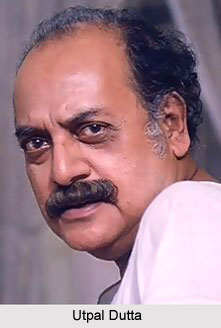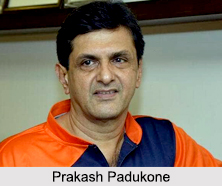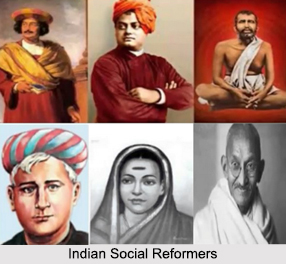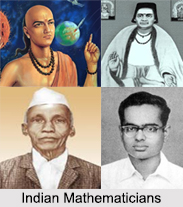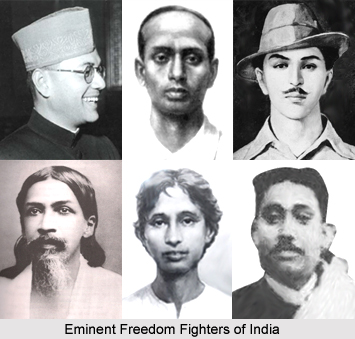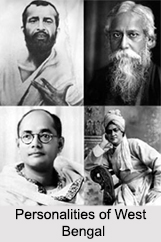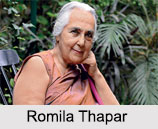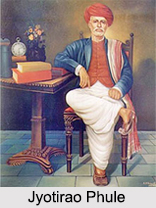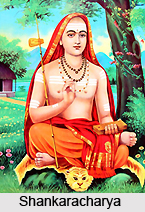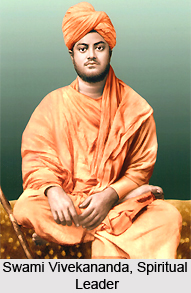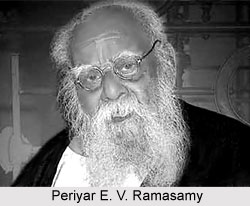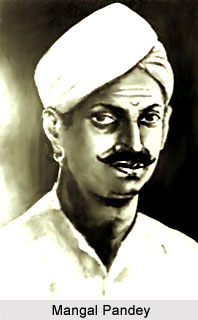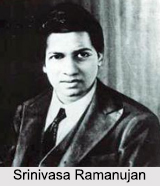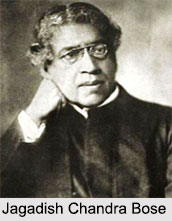Rani Rajwade was the first Indian woman activist to subscribe to the fund started to help Indian Passive Resisters in South Africa. Besides being an activist in the field of women`s welfare, she had deep interest in the arts and handicrafts of India. She had keen interest in traveling to places of historical and architectural significance all over India. She visited the various schools of art in Kangra, Rajasthan, Maratha and Orissa. She collected about three thousand temple lamps in brass and copper, which she presented to the National Museum in New Delhi. She presented typical Indian designs of deities, animals and birds to weavers to be copied in borders and pallus of saris and in fabrics-brocades, silks and cotton. Her interests in the traditional arts and handicrafts led her to work for the neglected artisans of India. She guided the Gwalior pottery industry in producing modern and useful designs, which became very popular. She opened a Beads Centre in Gwalior where she collected patterns of tribal necklaces made from beads of stones, wood, dried wild beans and seeds, crude metal, sea shells etc. and reproduced them on a large scale, promoting their sale for the benefit of tribals. Her interests in articrafts never waned. She was always willing to guide others with her sugges-tions and ready to provide relevant information.
Dr. Rani Laxmibai Rajwade was born in 1887. She was the eldest child of Sir Moropant Joshi who was a nationalist, social re-former and a promoter of woman`s emancipation and education. He strove to eradicate all social evils, which undermined the foundations of Hindu Society. Though he observed all religious rituals and customs sacred to Hindu-ism he was against orthodoxy and considered it a sin. He gave equal opportunities to his children, boys and girls, in all walks of life. Rani Rajwade and her three younger sisters were sent to the local convent school where English was used as the medium of instruction. Later they attended Degree Colleges in Bombay in spite of social opposition. Rani Rajwade passed her matriculation from Calcutta University and thereafter joined the Grant Medical College in Bombay. Winning a number of scholarships, she earned the degree of L.M.S. with distinction. After which, she proceed-ed to England, accompanying Gopal Krishna Gokhale. There she met Mrs. Pankhurst, Mr.Warrick and Mrs. Sommerset who were closely associated with the suffragette movement. After obtaining her L.R.C.P., M.R.C.S and L.M she missed her chance of completing F.R.C.S, as she had to return home due to the serious illness of her mother. Laxmibai had married Maj. Gen. Raja C.R Rajwade of Gwalior State who was a widower with four sons and two daughters.
Rani Rajwade practiced medicine in Bombay for four-teen years and took active interest in the work of the All India Women`s Conference. Later, she was elected as the Secre-tary of the A.I.W.C for two years, and thereafter became its President. Jawaharlal Nehru appointed her as the head of the section of Women`s Welfare, Education and Advancement under the National Planning Committee. Rani Rajwade went to the U.S. as a member of a delegation led by the Prime Minister, Jawaharlal Nehru.
Rani Rajwade passed away on 1984 at the ripe age of 97. She was active all throughout her life.

